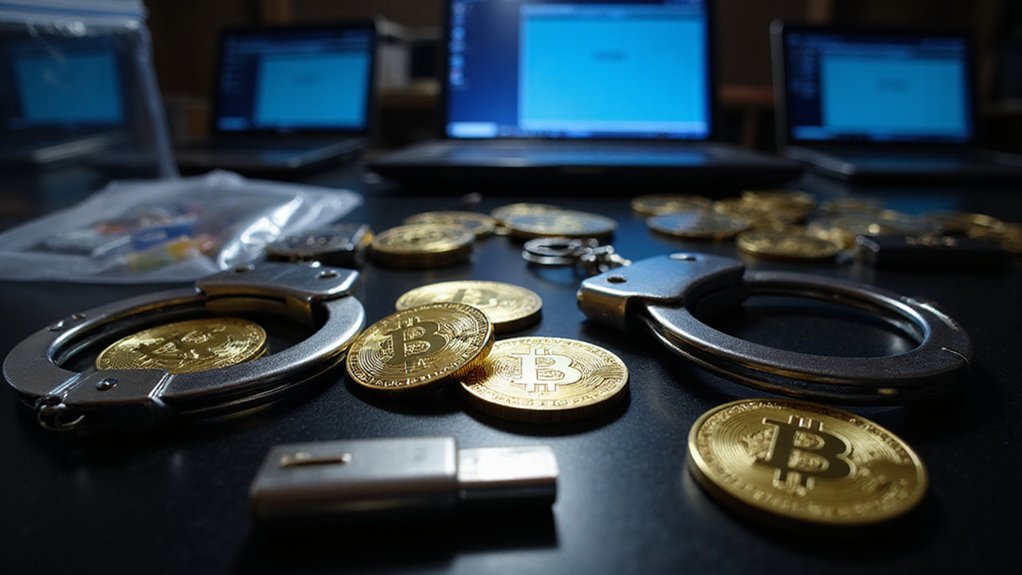The U.S. Secret Service has recovered nearly $400 million in digital assets over the past decade, a figure that would make even the most ambitious counterfeiters of yesteryear weep with envy.
The agency’s Global Investigative Operations Center has orchestrated these seizures through methodical blockchain forensics, transforming what began as anti-counterfeiting operations into sophisticated digital asset recovery missions.
The crown jewel of these efforts was a $225.3 million seizure from cryptocurrency investment scams—the agency’s largest single crypto recovery to date. This massive haul involved freezing 39 USDT wallets, demonstrating how modern criminals have upgraded from printing fake twenties to orchestrating elaborate digital confidence schemes that would make Charles Ponzi blush.
The Secret Service’s investigative arsenal includes advanced blockchain analysis tools that track illicit funds through labyrinthine transaction networks. In one particularly convoluted case, investigators traced stolen funds through eleven blockchain hops before cornering them in an OKX exchange account.
Such digital breadcrumbs reveal the curious paradox of cryptocurrency: while criminals believe blockchain anonymity shields their activities, the immutable ledger actually creates a permanent audit trail that investigators can follow with surgical precision.
These operations have identified over 400 suspected victims worldwide, individuals who believed they were investing in legitimate cryptocurrency opportunities rather than funding criminal enterprises.
The scale of deception is staggering—one case involved a former bank CEO who laundered approximately $47 million through cryptocurrency investment scams, proving that financial sophistication doesn’t necessarily correlate with ethical behavior.
The majority of recovered funds now reside in a single cold-storage wallet, creating what might be the most secure digital vault in government possession.
Collaborative efforts with the FBI, DOJ, and cryptocurrency companies have proven essential, as has the agency’s international training program spanning over 60 countries. The investigation revealed that criminals used sophisticated laundering techniques including peel chains, structured hops, and cross-chain swaps to obscure the trail of stolen funds. Officials emphasized that the investigation represents their relentless pursuit of cryptocurrency scammers and their illicit proceeds, demonstrating law enforcement’s evolving capabilities in digital asset recovery. The agency’s success relied heavily on machine learning algorithms that identified fraudulent patterns and deviations from normal transaction behaviors across multiple blockchain networks.
Perhaps most tellingly, stablecoin issuers like Tether have implemented “burn and reissue” mechanisms to neutralize frozen stolen tokens—a technological innovation that effectively allows authorities to make digital money disappear, a power that would have seemed impossibly futuristic to the Secret Service’s founding generation of counterfeit-hunters.






